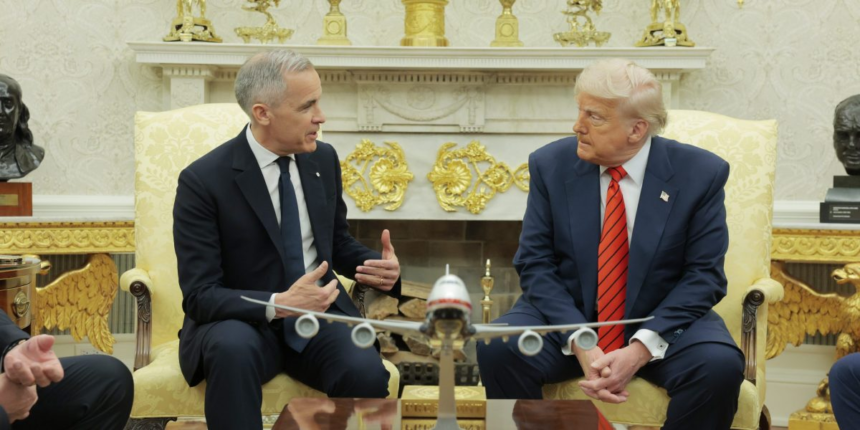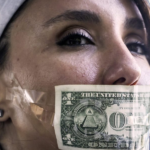“I must mention that the flow of Fentanyl is hardly the only challenge we have with Canada, which has many Tariff, and Non-Tariff, Policies and Trade Barriers,” Trump wrote in the letter.
The higher rates would go into effect Aug. 1, creating a tense series of weeks ahead for the global economy as recent gains in the S&P 500 stock index suggest many investors think Trump will ultimately back down on the increases.
While multiple countries have received tariff letters this week, Canada — America’s second largest trading partner after Mexico — has become something of a foil to Trump. It has imposed retaliatory tariffs on U.S. goods and pushed back on the president’s taunts of making Canada the 51st state. Mexico has also faced 25% tariffs because of fentanyl, yet it has not faced the same public pressure from Trump.
“Just the way it is,” Trump said at the time.
Carney indicated he would be willing to be patient in pursuing talks on trade.
“There are much bigger forces involved,” the Canadian leader said. “And this will take some time and some discussions.”
The letters reflect the inability of Trump to finalize the dozens of trade frameworks that he claimed would be easy to negotiate. Shortly after unveiling his April 2 “Liberation Day” tariffs, a financial market selloff caused Trump to announce a 90-day negotiating period during which a 10% baseline tariff would be charged on most imported goods.
But Trump has indicated that the 10% tariff rates are largely disappearing as he resets the rates with his letters.
“We’re just going to say all of the remaining countries are going to pay, whether it’s 20% or 15%,” Trump said in a phone interview with NBC News.
Under the current tariff structure, the 2020 United States Mexico Canada Agreement has protected eligible goods from Trump’s tariffs. But a review of the pact is scheduled for 2026.









